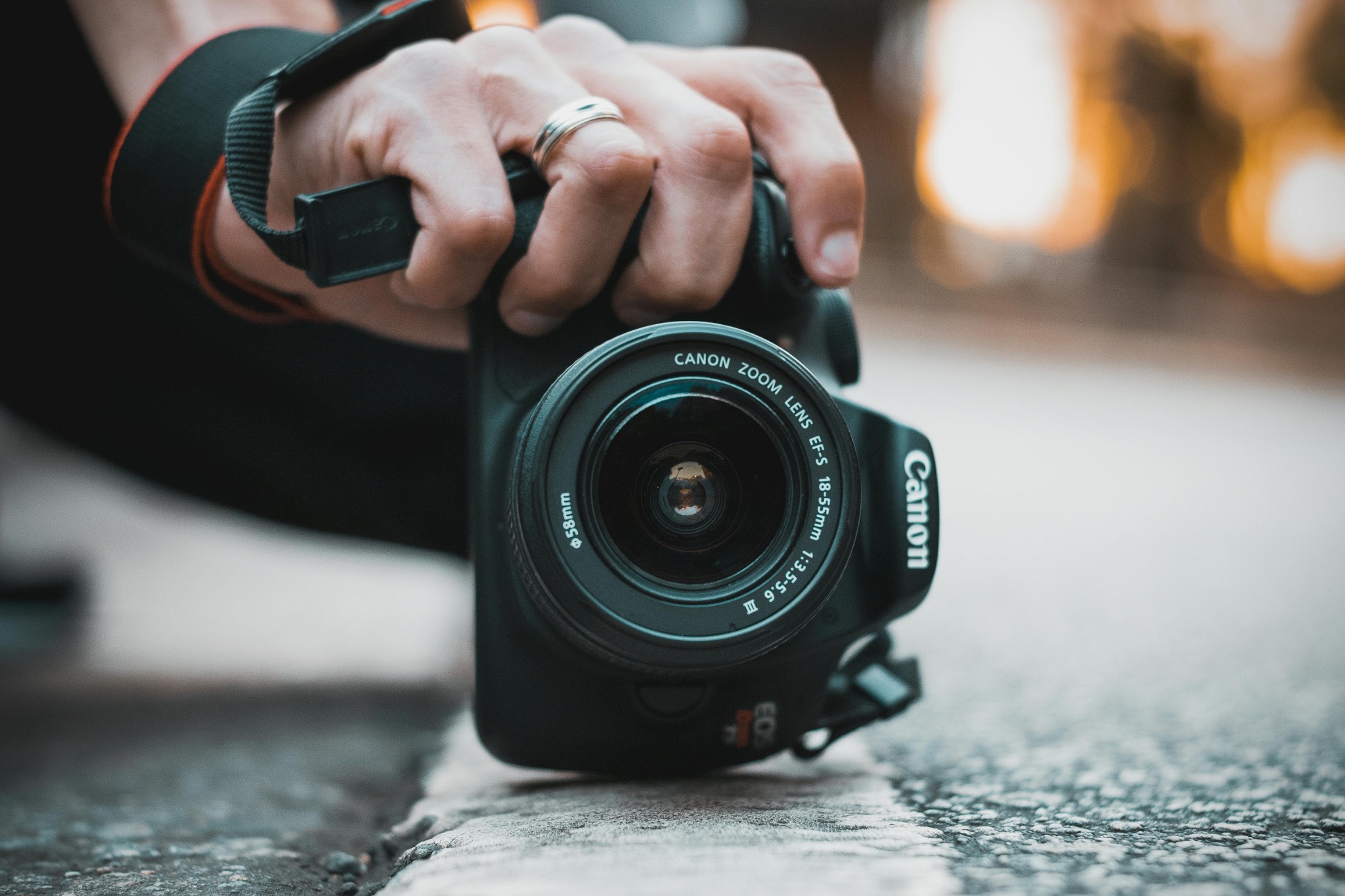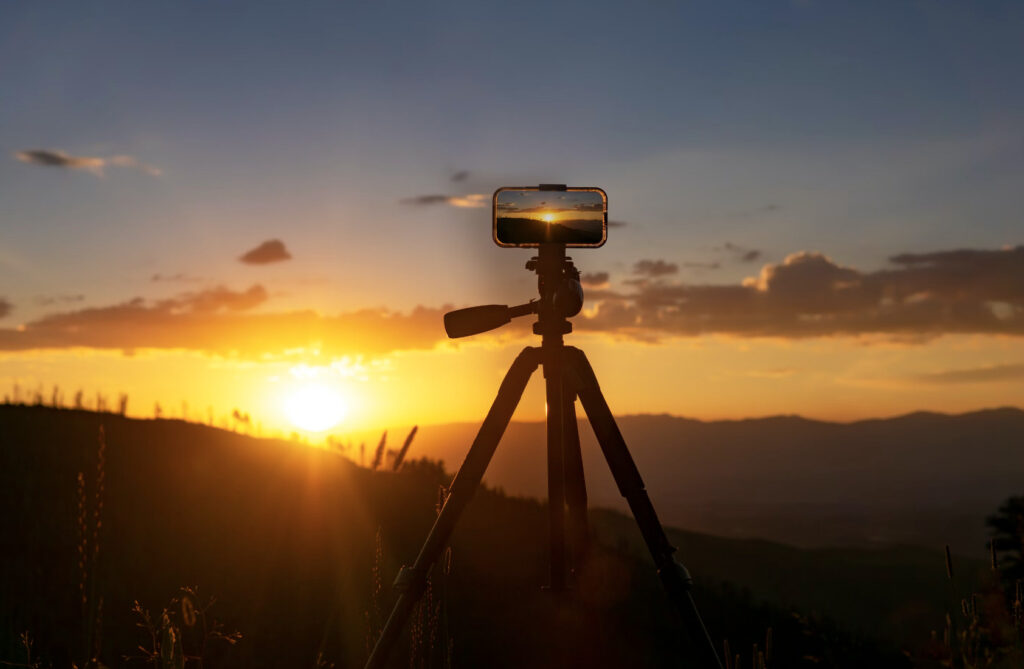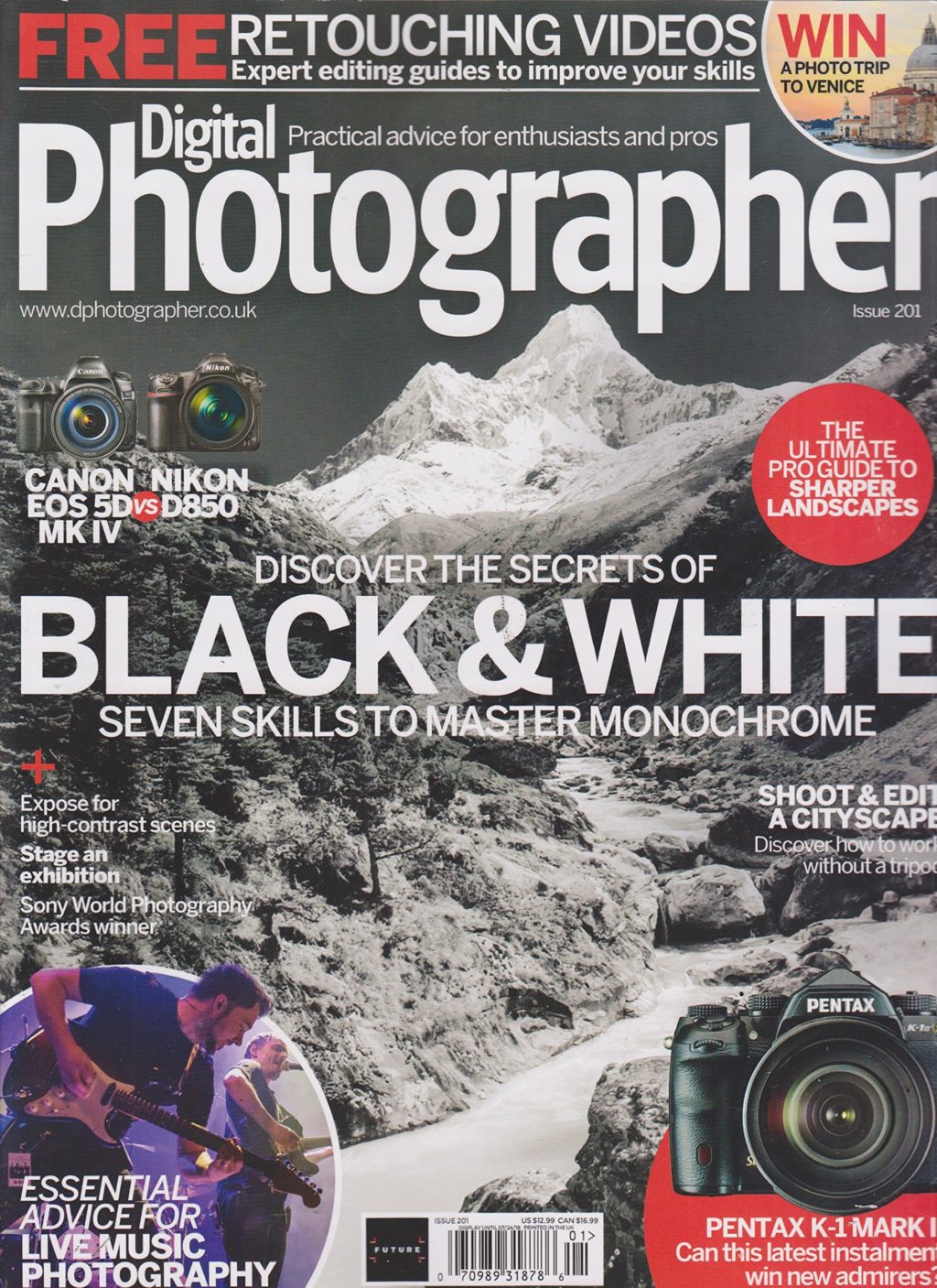Well over a decade ago, I wrote an article predicting the death of the DSLR. I got quite a lot of criticism for such an idiotic prediction, and yet, here we are today, with only one company, Pentax, still making DSLRs and even then to a fairly niche market. My article was about the fact that companies would stop making them, not that DSLRs would suddenly disappear, and that has proved to be true.
The rise of mirrorless cameras was a juggernaut that, like the rise of digital, was unstoppable and inevitable. However, just because a technology is redundant doesn’t mean that it becomes irrelevant.
The technology in DSLRs may not be as feature-packed as current mirrorless cameras, but the sensors were, in many cases, as good. In fact, some modern mirrorless cameras still share the same sensors as their older DSLR equivalents.
Today, I want to examine why buying or owning a DSLR in the mirrorless era still makes sense.

The Cost of DSLRs is Attractive
Does it seem to you that the price of cameras has increased exponentially? I think that whilst the price of high-end professional cameras has not increased much from the DSLR days, there seems to be a dearth of cheaper, budget-friendly mirrorless cameras.
Back in the DSLR days, there were excellent cameras such as the Nikon D5000 that could be bought for well under $1000, with a lens. There is very little in that price range today.
However, if you are looking to get into photography or you are on a tight budget, there is now an incredible range of used DSLRs on the market. Not only that, many camera companies have had to update their lens mounts to enable newer technologies, and so the used lens market is equally as buoyant.
For newer photographers looking to start learning without spending a king’s ransom, there are some amazing deals to be had. For $200-$300, you can get an 18-24mp pixel, well-specced DSLR body, and a little more will get you a decent lens to go with it.

For more advanced photographers who want something a bit higher grade, a few hundred dollars will get you into the Nikon D4 or Canon EOS 5D IV, both incredibly robust and capable cameras.
There has never been a better time to invest in a DSLR, especially if money is a little tight.
About Optical Viewfinders…
I will be honest with you, I love the electronic viewfinder on my Sony a7Rv. However, even today, it is exceptional, with a very high MP count and low lag. There are many that lament the demise of the reflex optical viewfinder for good reason.
They certainly had some major advantages, they were generally much brighter than EVs, did not suffer from lag, and some will say, gave you a connection to your subject – although personally I don’t subscribe to that. However, one of their biggest advantages is that they require little to no power, with the exception of the fairly limited exposure information.

There are some disadvantages that we should mention. Whilst bright, it could be a struggle in low light to nail focus. Modern electronic viewfinders can boost the gain and allow you to see in much lower light, however, this is at the cost of extra lag. It’s also worth noting that not all DSLRs had great viewfinders. On more budget cameras, particularly APS-C, the viewfinder was often smaller, with less coverage and less brightness.
With that said, there is still a lot to be said for a reflex viewfinder, especially given the cost of used DSLRs.
Durability and Handling is Superior!
As mentioned above, it is possible to buy a professional-level DSLR for a few hundred dollars these days. Whilst that might not be a good choice for a beginner, for experienced photographers who are using their cameras day in and day out, in all weather, it can make perfect sense.
The reason for this is simple durability. All professional DSLR cameras are built like tanks, sturdy, metal bodies, often made from lightweight magnesium alloys and high-level weather sealing.
A modern professional mirrorless camera will, of course, have all of this, but it will set you back $4000 plus for the body alone. As mentioned earlier a pro-level DSLR, even a late model, can cost less than $1000 and could easily last another 10 years if looked after. Even the mid-level DSLRs, such as the Nikon D800, were incredibly well built and came in even cheaper than the pro models.
Another advantage, to some, of the DSLR is the handling. Many mirrorless cameras can feel quite small in the hand, whilst even mid-range DSLRs feel chunky and often have very nice, deep grips on them. If you have larger hands, you may well find a DSLR more suitable.

Battery Life is Better
Remember that I said that the viewfinder did not require power? Will it’s a little more complex than that.
Because the viewfinder is optical, the camera’s sensor does not need to stay on all the time the viewfinder is being used. This is one of the primary reasons that battery life is much better on DSLR cameras.
Battery life on mirrorless cameras has improved and will continue to do so, but it is still a long way off matching an older DSLR.
Like lenses, there are also plenty of used camera batteries on the market, as well as third party vendors, meaning you can power your camera for a lot cheaper as well as a lot longer.

Do You Need To Upgrade?
In a similar vein to cost, there will be many photographers that are still shooting with their DSLRs. Social media and, to a certain extent, peer pressure can tempt people to part with cash they don’t necessarily have despite having a decent DSLR system already.
If your camera is giving you great results and is well-maintained, why feel that pressure to get on the GAS treadmill? There are arguments that as DSLRs become less and less common, it will be harder to buy accessories for them, however, that time is a long, long way off. Look at the number of film cameras and lenses still available on the used market. Even if something fails on your DSLR, there is a good chance there will be plenty of spares and repair models available, and there are always plenty of camera technicians to repair them for you. Even in the worst case scenario, you will only need to replace like for like, all your lenses will still continue to be valid.
The demise of the DSLR as a new camera has happened, and it is unlikely that there will be any renaissance. However, we had a good 20 years of the DSLR and there are literally millions of them available as used bargains. If you are looking to get into photography or perhaps get into more professional-level gear, yet are on a budget, a used DSLR system makes very sound financial and practical sense.




